
Time does not exist in the movie; it is invented, and its chronology follows distinct rules. The scenes are not created by chance, but are shot, changed, constructed, and recreated. Everything must follow a logical continuity because when these principles are disrupted intentionally, the failure of harmony occurs. Therefore in this article, we discuss Important Continuity Editing Rules in Filmmaking!
Much has been written claiming that editing is the most important aspect of filmmaking, and many directors, have attempted to support this assertion. However, much has been written claiming that the art of filmmaking is the avoidance of editing. No one has been able to rationalize these theoretical conflicts; this interesting, ongoing discussion has produced superb study but no clear conclusion.
Both sides, on the other hand, use the same basic unit: the shot. Regardless of how valuable a conceptual viewpoint may be, the director and editor must work with a certain amount of shots to produce a continuity that does not draw undue attention to itself.
The editing process is divided into two stages: first is the assembly of the shots into a rough cut, and second is the fine-tuning or pacing of the rough cut by the editor and director, changing it into a fine cut or picture lock. Rhythm and affirmation are heavily emphasized in the final stage. The objective is to create an edited film that is both continuous and dramatic.
The individual shot is when the editing issue begins. Is it a static shot or a video? Do you want to focus on the foreground or the background? Is the character in close proximity to the frame? Is the figure in the middle or on the side? What about the image’s light and color, as well as the placement of items and people in relation to the protagonist? When two pictures are juxtaposed, a number of things influence the level of continuity that occurs. To maintain the appearance of continuity, the second shot must have some connection to the previous shot.
The most basic film, the one that adheres to continuity and actual time, is one that is made up of a single, continuous shot. The film would be accurate in its depiction of time and in its portrayal of the subject, but it would most likely be uninteresting.
When a film does not confuse viewers, it achieves narrative clarity. It necessitates synchronizing motion from shot to shot and keeping a strong sense of direction between them. If a new concept or cutaway is presented, it is necessary to provide a visual explanation. Visual clues are required to establish narrative clarity, and the editor’s ability is crucial here in maintaining the continuity.
8 Important Continuity Editing Rules in Filmmaking!
1. Building a coherent CONTINUITY
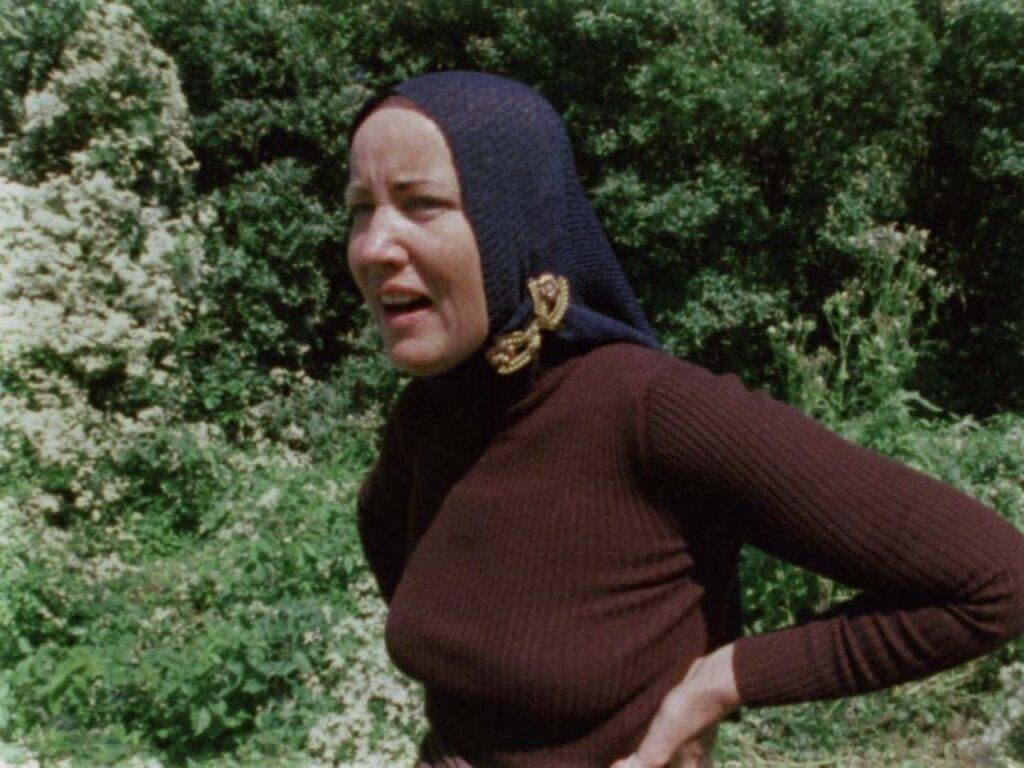
Good editing is now commonly referred to as “effortlessness.” The editor’s initial objective is to create a seamless, or smooth, cut. An effortless cut is one that doesn’t stand out and occurs at a sensible place in the shot. What exactly is the logical point here? Viewers usually notice when an unsuitable edit point is picked, even if it isn’t always clear.
Consider a scene in which a figure is crossing the room in one shot and sits in the next. The two shots would be continuous if we could see her sit down in the first shot and then see her sit down in the second. The use of shots that complement the action from one shot to the next is crucial.
- Also Read- How To Rotate Video In Davinci Resolve- 2 Ways (Transform Tools)
- Also Read- How to Add Subtitles in DaVinci Resolve 17? ( Best Explained)
- Also Read- How To Transcode In Davinci Resolve (2 Easy Ways)
2. PROVIDING SUFFICIENT COVERAGE

Directors who perform their job well give a choice of shots for their editors to pick from. If a character is at rest in one frame, a close shot of the character, as well as a long shot of the character, will be filmed. The objects in the shot will be adjusted if necessary to make the close shot appear to be the long one. The continuity must be supported by the background and lighting. Similarly, if an action happens in a shot, a long shot of the entire action will be captured first, followed by a close shot of a key component of the event.
Some directors shoot the entire action in long, mid, and close-up shots to give the editor the most creative freedom when piecing the scene together. Close-ups and cutaways round out the scene’s exposure to the fullest extent possible. If there is a dialogue between two characters, the scene will be actually filmed from one character’s perspective and then replicated from the other’s perspective. Close-ups of key lines of dialogue, as well as close-up reaction shots, will be filmed. Except for the most daring or foolish filmmakers, this is a typical procedure. This method gives the editor all of the videos he or she needs to maintain continuity.
Finally, camera angles and movement necessitate a distinct set of shots in order to maintain continuity. The positioning of the camera in respect to the character’s eye level is crucial when it comes to camera angles. When two people are filmed in dialogue from a very high angle, as though one is gazing down on the other, the reverse-angle image—the shot from the perspective of the other character—must be taken from a low angle.
The succession of shots will not appear continuous if the camera angle is not paid attention to. When a film transitions from a high-angle camera to an eye-level reaction shot, viewers receive the impression that there is a third person hiding someplace, as the eye-level shot suggests. The film is doomed if that third individual does not appear.
3. Match the action
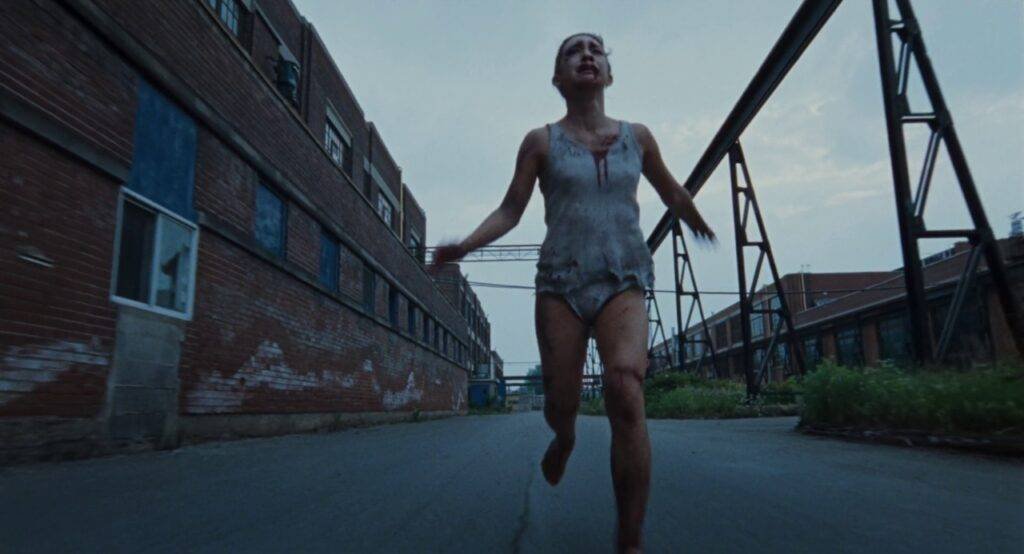
Directors frequently encourage actors to integrate body language or verbalization into shots to offer cut opportunities. When there is no actual movement within the frame to offer the cut point, natural points to cut from long shot to close-up include the straightening of a tie and the clearing of a throat. “Here-to-there” is a technique used by directors to avoid capturing a whole event when it involves movement. When an actor comes close to a door, he places his hand on the knob; when he welcomes someone, he extends his hand.
These actions serve as natural cut points when transitioning from a long shot to a close-up shot. Raising a glass to propose a toast is a popular here-to-there maneuver. Any action with a distinguishing movement or gesture within a shot presents a possibility for a cut. The greater the chance of cutting to the following shot, the more action happens within the frame. In order for the cut to be inconspicuous, the movement in the shot must be noticeable or significant enough. The cut can backfire if it is too subtle or faint. A snip indicates that more information will be revealed later. Viewers will understand that the editor and director have misled them if the second shot is unimportant.
4. SCREEN DIRECTION RETENTION

The perception of direction must be maintained for narrative continuity. The heroes appear to fill one side of the screen while the villains appear to occupy the other in most racing scenarios. They come towards one other from opposite sides. They only feature in the same frame while they are fighting together. If the film wants to minimize misunderstandings and keep the characters distinct, screen direction is crucial. It is necessary to follow a rigorous left-to-right or right-to-left sequence. When a figure leaves his house to go grocery shopping, he may walk toward the right side of the frame. He gets into his car and starts driving.
If he took the right exit, he’ll have to travel left to right till he reaches the store. Changing the direction will confuse the audience and give the impression that the character has gone missing. When there are multiple characters in a scene, maintaining this feeling of direction is more vital. If one character is trailing another, the same directional layout will serve; but, if they are coming from two distinct directions and will meet in the middle, each character must have their own direction.
5. HELPING TO CREATE THE SCENE
To begin the scene, most filmmakers employ an extreme long shot or a long shot. It gives the scene depth and helps the filmmaker to delve further into the shot’s intricacies. The establishing shot is used in the standard movement into and out of a scene i.e long shot/midshot/close-up/midshot/long shot. The subsequent pictures flow out of the initial shot, providing a distinct sense of continuity.
The establishing shot is traditionally both the last and the first shot of a scene. Many filmmakers and editors have devised techniques to streamline this approach’s discipline. For example, Mike Nichols shot a full dialog sequence in a single shot. He avoided editing by using a zoom lens. Regardless of creative tactics like these, editors must understand how to employ the establishing shot to maintain the scene’s continuity.
6. TONE MATCHING
Changes in light and color from shot to shot might disrupt the flow. These components are under the control of the person filming, but when variances occur across images, they may be particularly troublesome for the editor.
The greatest approach, though, is lighting consistency, cameraperson attention, and the director’s awareness of that working connection. If all else fails, the damaged scenes may need to be reshot. This necessitates the film’s producers’ adaptability and understanding. The editor’s goal is to balance the tone between shots at all times, however, the editor’s capacity to solve problems caused by inadequate lighting is restricted.
7. CHANGE IN LOCATION
This approach of condensing each shot to its core might be used to demonstrate a character moving location. Instead of showing the character moving from point A to point B, the editor frequently depicts her fleeing. If she is driving by automobile, she should know something about the topography of the region. The editor then cuts to a street sign or some other indicator of the new location, unless there is a dramatic objective to the sequence other than moving the subject from point A to point B. If the figure moves from left to right, the street sign will be on the right side of the picture. A tight close-up is frequently used by directors in this scene.
The character approaches from frame left after a few seconds of holding the close-up, and then zoom back converges her arrival. If the shot is not a zoom, the character moves across the frame until she reaches her destination. The audience understands that the character has moved from one location to another based on these few shots, and little screen time was needed to indicate that shift in location.
8. CHANGE IN SCENE
It is critical to offer some visual link between the end shot of one scene and the opening shot of the next to notify the audience to a shift in the scene. Many filmmakers and editors now cover this changeover with a sound change or by running the same sound over both shots. This low-cost strategy, however, should not deter you from attempting to discover a visual answer. Visual continuity may be established if the movement from one shot to the next is comparable. This is accomplished by tracking gently from left to right or right to left in the last shot of the first scene. The details are noticeable because of the sluggish movement.
The cut normally occurs when the tracking shot approaches the center of the frame. The movement is picked up at about the same time in midframe in the following scene, but as the motion is finished, it becomes evident that a new scene is beginning. Following a specific character can also cause a scene shift. If he appears in a suit in the final shot of one scene and trousers in the first shot of the next, the transition is seamless. Other factors, such as the character speaking at the end of the first scene and the beginning of the next, serve to ease the transition.
Finally, a simple visual signal, such as an object, might be employed to complete the shift. Assume, for example, that one scene concludes with a close-up of magnificent antique light. The change will be effective if the following scene opens with a close-up of another antique light and then pulls out to reveal an antique store. The visual link between scenes provides for a seamless transition. The scenes may have little in common, but they will appear to be continuous.




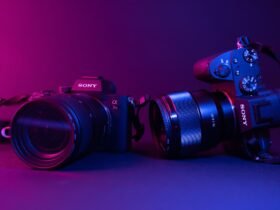
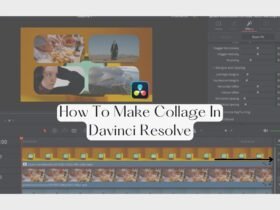
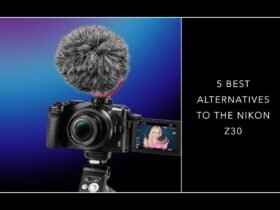





Got a Question?
Find us on Socials or Contact us and we’ll get back to you as soon as possible.